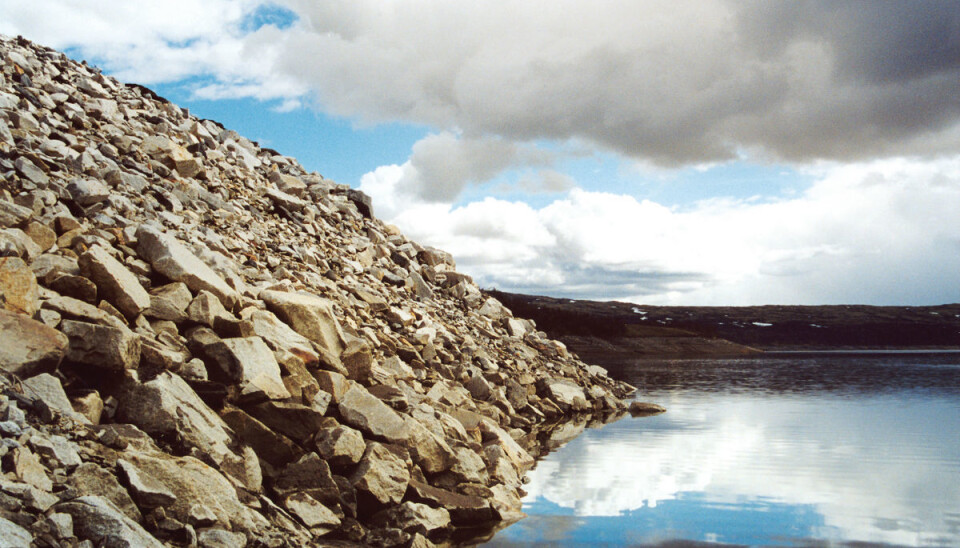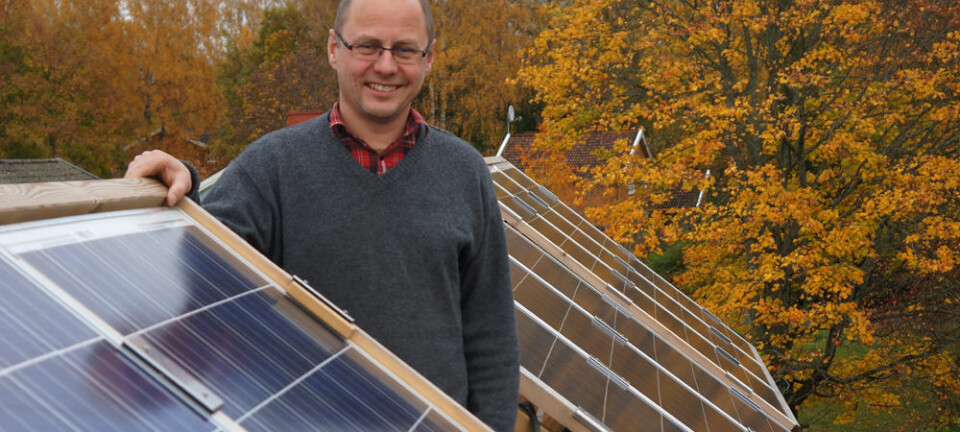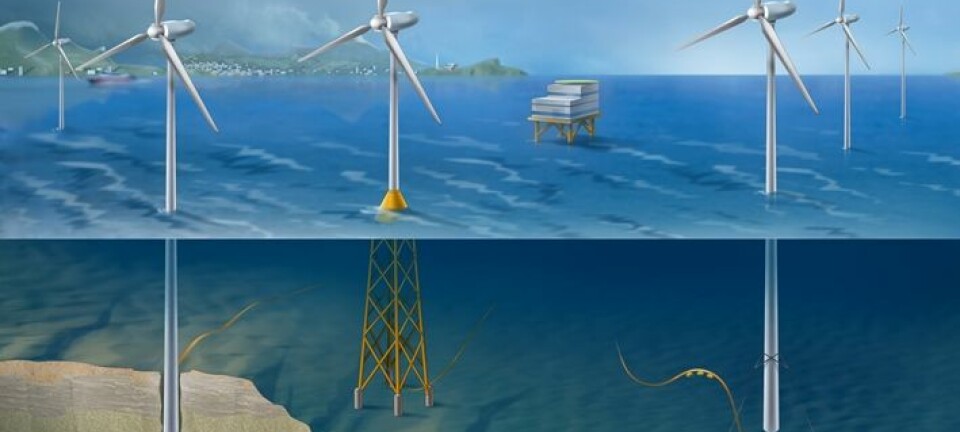An article from Norwegian SciTech News at SINTEF

Norway is Europe’s cheapest “battery”
Norwegian hydropower is the most cost-efficient source of energy that Germany could adopt as back-up for solar cells and wind-power, new calculations show.
Denne artikkelen er over ti år gammel og kan inneholde utdatert informasjon.
“Germany has installed a great deal of solar and wind-power in its energy system. So much, in fact, that the country will soon need better access to generation sources that can be switched in rapidly when the sun disappears or the wind doesn’t blow,” says Magnus Korpås, scientific advisor in SINTEF and professor at NTNU. Together with colleagues from SINTEF, he has calculated what it would cost to meet Germany’s needs for backup power – or “balance power” as the experts call it.
The scientists calculated the costs of two competing solutions.
Germany could either build rapid start-up gas-fired power stations that can be quickly switched on and off to deal with peak loads – or use Norwegian hydropower as a “battery” by importing power from Norway when it is in short supply in Germany and later send back surplus power that can pump water back up into Norwegian reservoirs (see fact-sheets).
These are currently the two most likely alternative solutions.

“It is not certain what the price of natural gas and CO2 emissions in Europe will be in the future. But for most of the combinations of assumptions that we used in our calculations, importing Norwegian hydropower would be cheaper than local gas-fired electricity generation. In the central scenario, the cost differential would be 40 – 50 øre per kilowatt hour in Norway’s favour,” says Korpås.
New subsea cables
Norway is planning to build two new subsea power cables; one to Germany and the other to the UK. The German cable will come into operation in 2018. The cable to the UK will be the longest subsea cable of its type in the world, and will be operational in 2020. Norway already has electrical connections with the Netherlands, Denmark, Sweden, Finland and Russia.
“Our conclusions are also valid for the export of balance power to the Netherlands and the UK, two nations that are going in for wind-power. According to the International Energy Agency (IEA), Europe needs 100 GW of new peak energy to ensure the continuity of its energy supplies. Norwegian hydropower could meet at least a quarter of this need,“ says Korpås.
For Europe, balance power from Norwegian hydropower plants would mean that this part of the world would have access to a completely green “battery”.
On the Norwegian side of the equation, this country will receive an increased income by providing power when it is most needed, which is expected to be far greater than the costs of buying back power and pumping water back up into its reservoirs. Increased power capacity in hydro plants would also have a large value in themselves, no matter whether new pumps are built or not.
Pumped storage plants
Supplying balance power from Norway would require a number of investments.
Several hydropower generating stations would need to expand their capacity, and some would have to be turned into pumped storage power stations.This means that they would be fitted with reversible turbines that would enable them to pump water back up into reservoirs when cheap solar or wind-power is available on the market.
For pumping of this sort to be made available to a sufficient extent, tunnels would have to be bored between reservoirs that are not linked at present. New subsea power cables to the Continent would be needed, and the Norwegian national grid would have to be strengthened.
All of these factors have been taken into account in the calculations, and Norwegian hydropower would still be the least expensive option, say the SINTEF/NTNU scientists.
Batteries may be on the way
Korpås emphasises that in the course of time, new energy-storage technologies will emerge, and that these can be competitive with hydro-based balance power.
“In theory, it is perfectly possible to meet much of the need for back-up power in solar and wind-power countries by storing electricity in batteries or by converting it to hydrogen. But at present, such methods would be far too expensive. Nor are these technologies sufficiently mature yet, although there is plenty of room here for improvement, so much can change in the future. However, Germany will need to increase its balance-power capacity fairly soon, which means that either importing hydropower or gas-fired generation will be the most likely alternatives.”


































